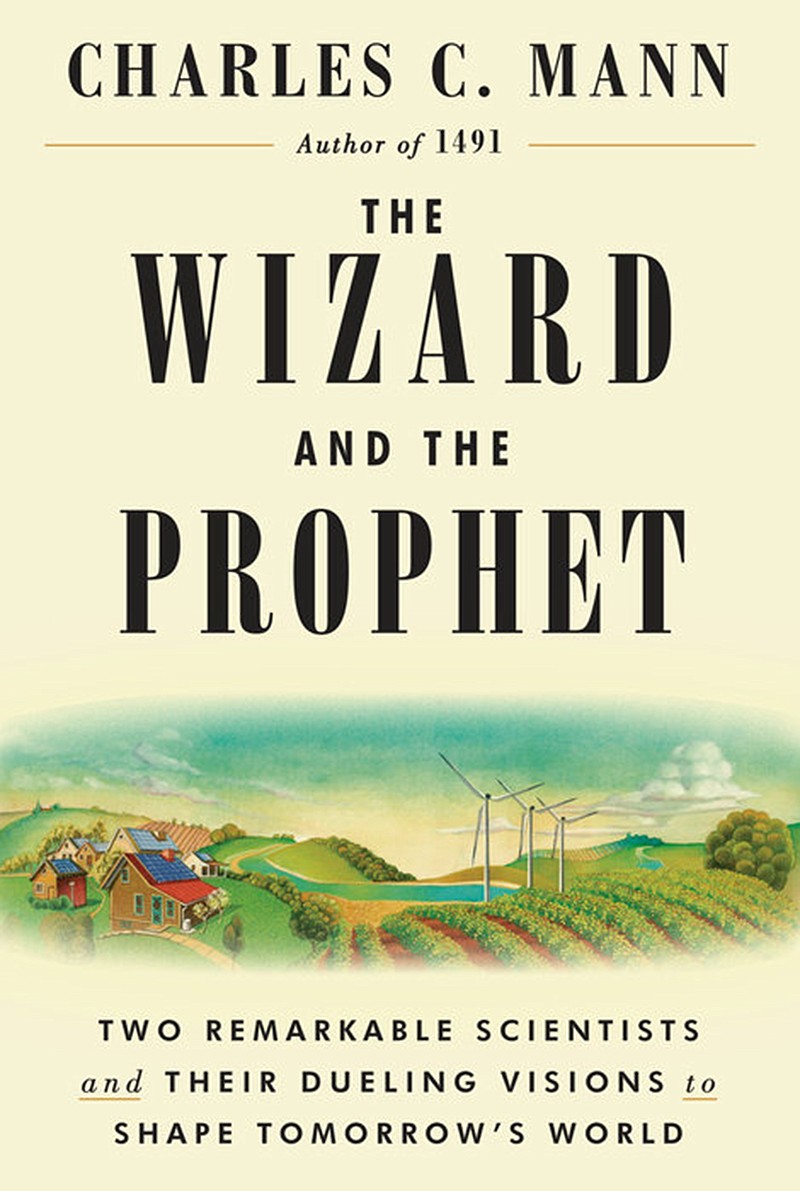In his new book, "The Wizard and the Prophet: Two Remarkable Scientists and Their Dueling Visions to Shape Tomorrow's World," Charles C. Mann, author of "1491" and "1493," wrestles with one of the central questions facing humans today: How do we feed ourselves on a planet where the population is projected to reach 10 billion by 2050? In an attempt to highlight potential models of how to answer this question, Mann turns to two men of the past century: Norman Borlaug and William Vogt.
Borlaug, who Mann labels a "Wizard," is responsible, along with the Rockefeller Foundation, for the Green Revolution, which developed today's modern genetically modified organism (GMO) way of industrial agriculture. Borlaug, originally from northeast Iowa, eventually earned a Nobel Peace Prize for his efforts in developing agriculture to help feed the world's growing population.
At the other end of the spectrum, Mann explores the lesser-known William Vogt, whom Mann labels a "Prophet." A trained ornithologist and ecologist, Vogt was an early proponent of population control and served, for a time, as the National Director of Planned Parenthood Federation of America. Vogt's bestselling 1948 book, "Road to Survival", shaped a generation of thinkers, and outlined future issues with overpopulation.
The Wizards' mantra, Mann argues, is "Innovate! Innovate!" Wizards advocate for technological solutions to our problems whereas Prophets argue for restraint while "decrying the consequences of our heedlessness."
Mann's book devotes two introductory chapters to Borlaug and Vogt before applying their differing views to the four areas of "Earth: Food," "Water: Freshwater," "Fire: Energy" and "Air: Climate Change." (Why Mann uses this complicated nomenclature is unclear.) Through meticulous archival research, travel and interviews, Mann comprehensively explores the complexity of issues around food production. He visits the Land Institute in Salina, Kansas, where scientists are developing perennial crops that require no tilling and come back year after year, and talks with Steve Jones at Washington State University's Bread Lab, which examines thousands of lines of wheat barley, and other small grains that are nutritious for consumers and perform well for farmers.
Throughout "The Wizard and the Prophet," Mann keeps his distance, unwilling to offer his own perspective. At the outset of the book, he mentions the impulse for exploring the topic of population growth and food production came from pondering the type of world his children would live in. But Mann doesn't bring to attention the current situation-the United Nations Food and Agriculture Organization estimates about 795 million people, or one in nine of the global population, suffered from undernourishment in 2014-2016. The problem is not just one in an imagined future.
Over the course of the book it becomes clear that Mann favors Vogt's idea of restraint and thoughtful consumption-though he never explicitly says he favors population control-with the added benefit of technological innovation. Of course, as Mann himself points out, there are extreme costs to technological innovation such as groundwater contamination, topsoil erosion and loss of soil fertility.

